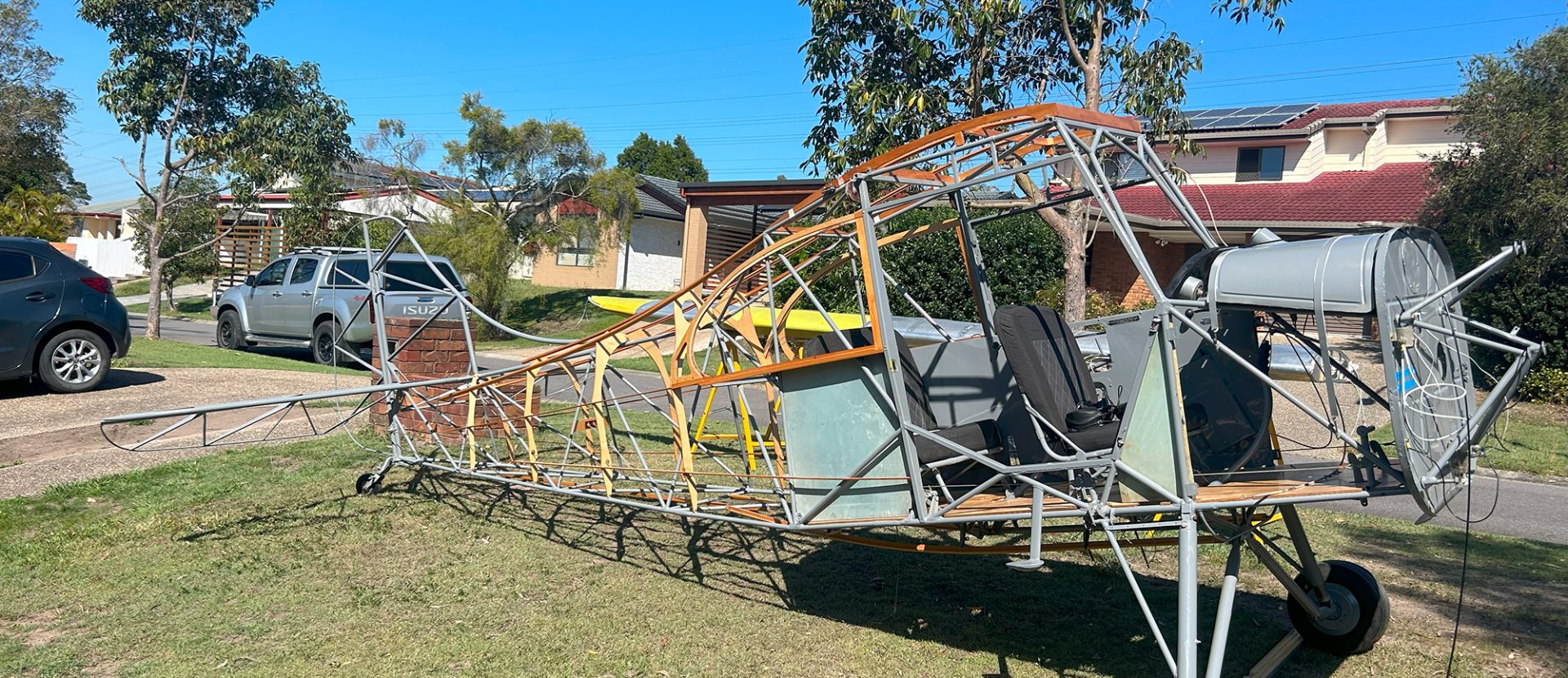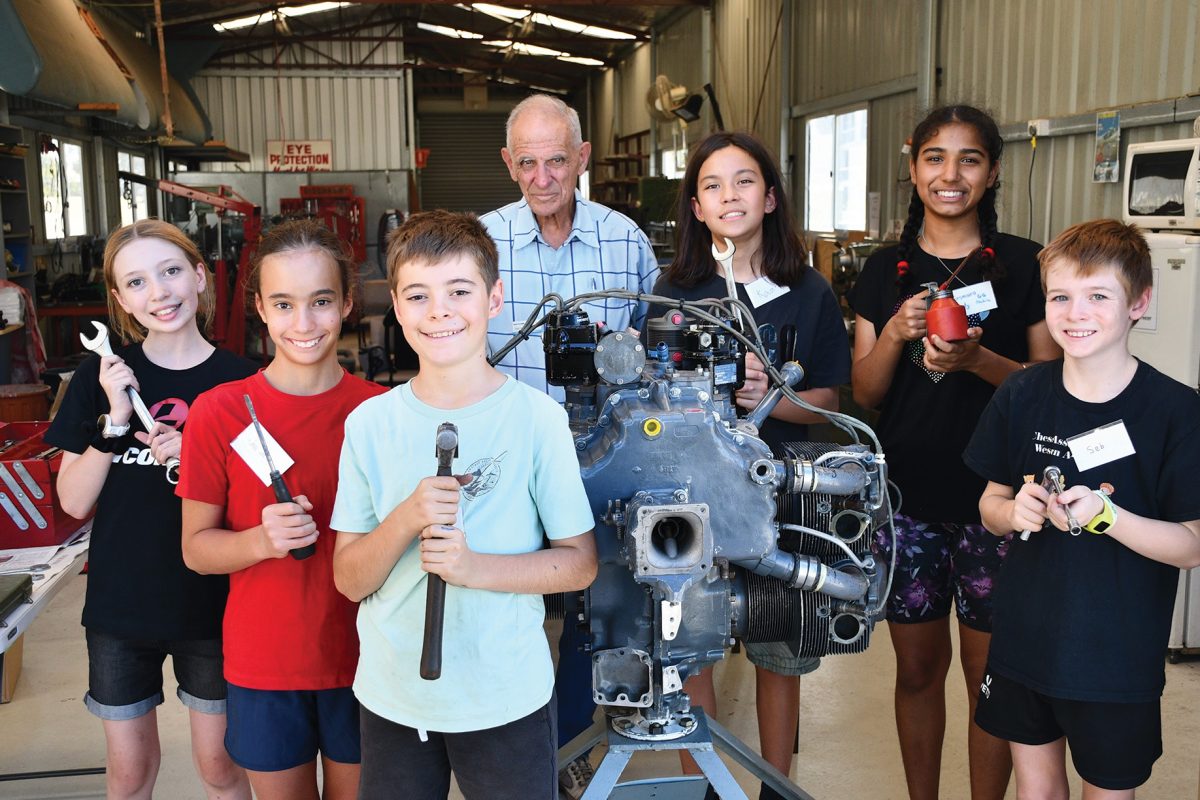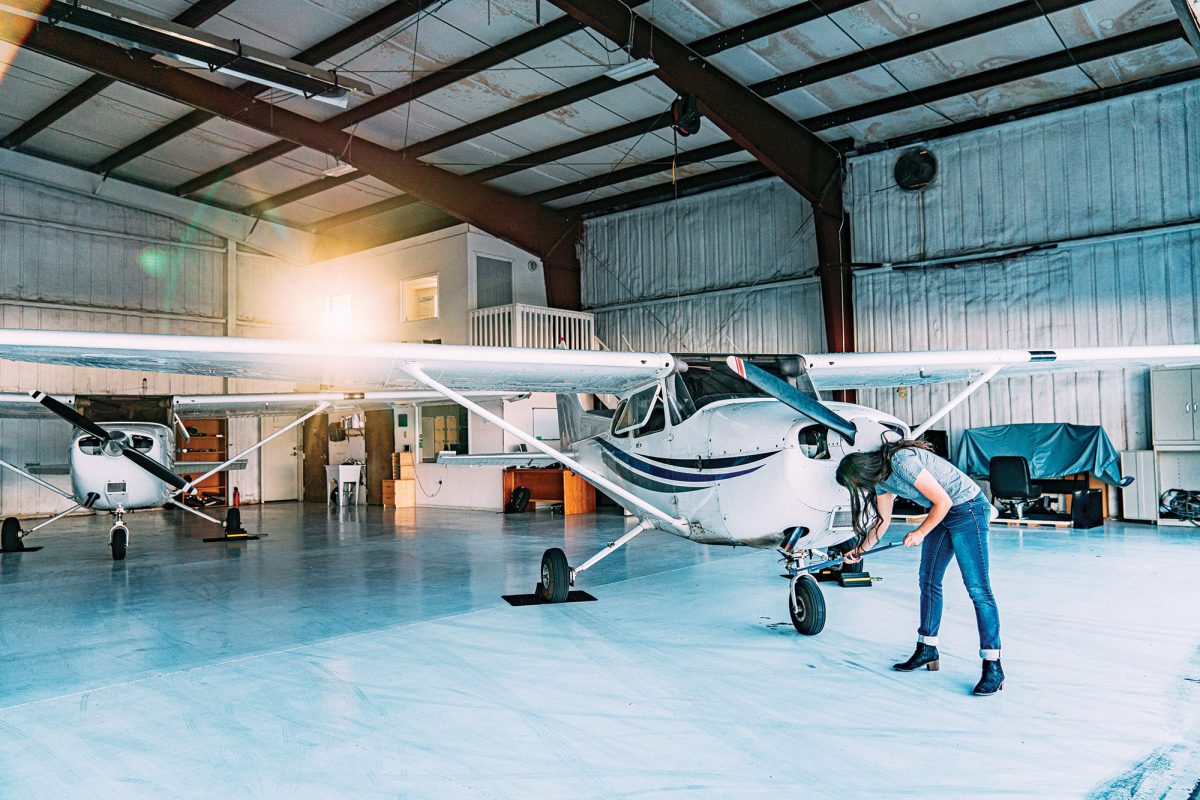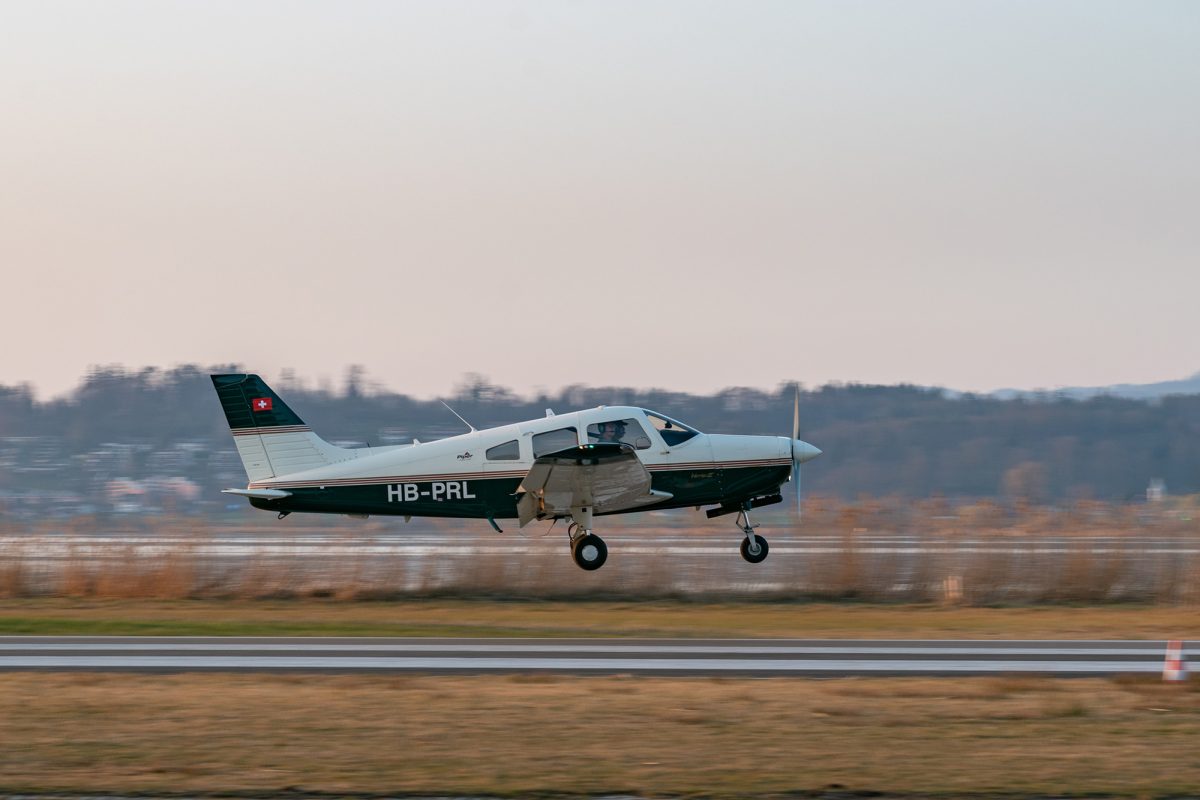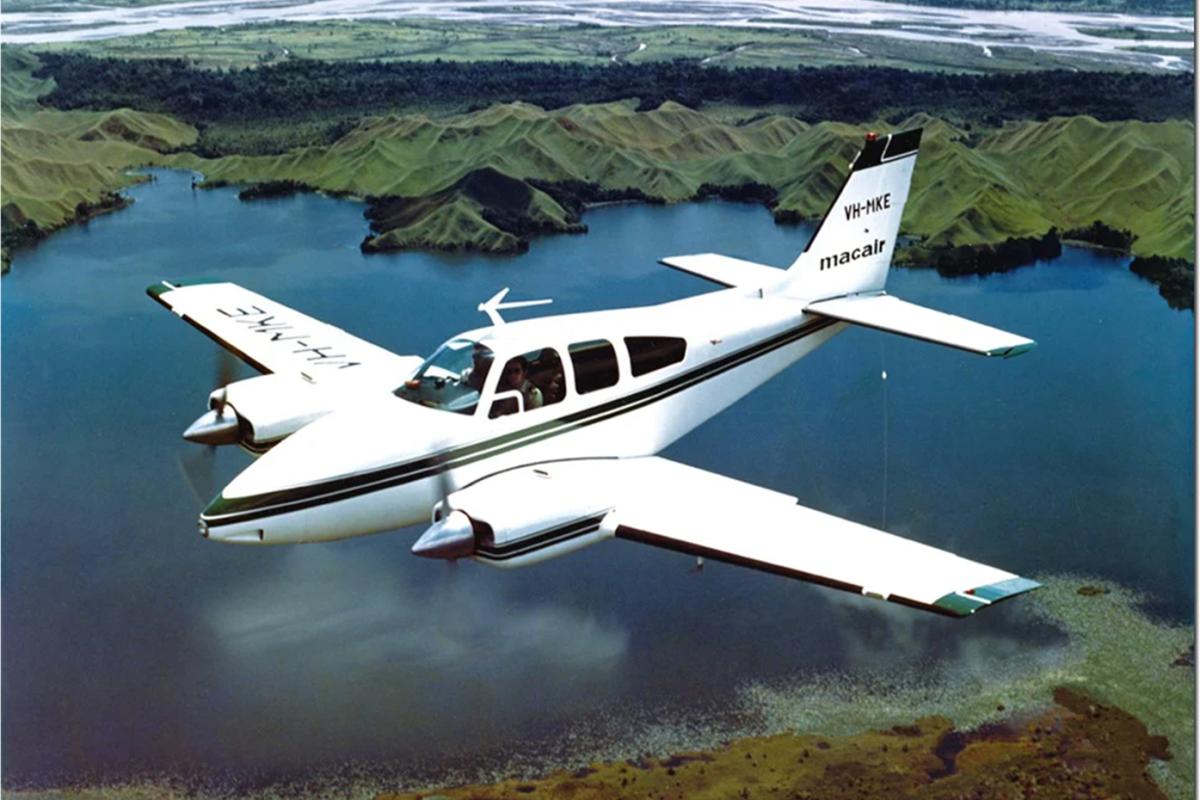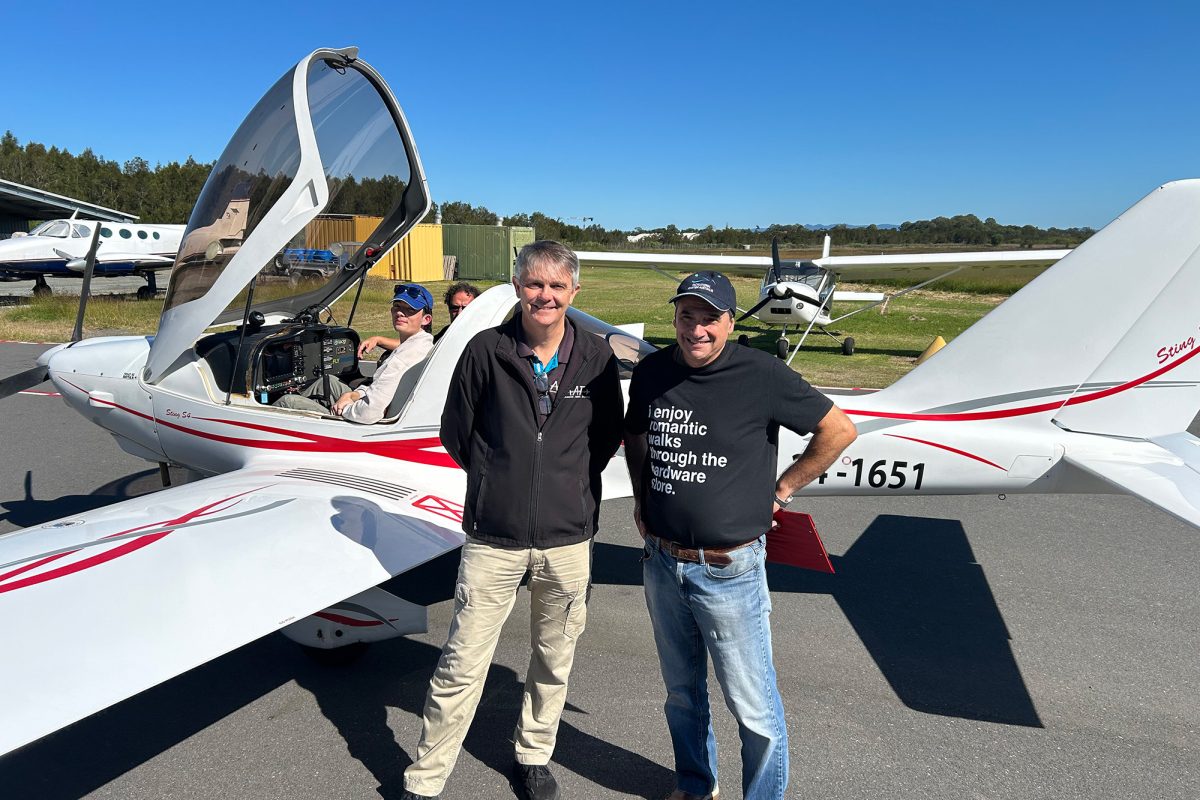THE RESTORATION OF A 1955 7EC CHAMPION THANKS TO THE RAAUS HERITAGE FUND.
Tucked away in a dusty hangar since the mid- 70s, the 1955 7EC Champion looked like a lost cause. Originally built in Wisconsin in 1955, this aircraft was the 54th 7EC off the Champion Aircraft Corporation production line. Developed by Aeronca in the 1940s, it was designed to offer safe, affordable flying for post-war recreational pilots. Its excellent handling and economical operation made it a popular trainer and its DNA lives on today in the Citabria and Decathlon.
This particular aircraft, affectionately known as the ‘Champ’, was shipped to Australia in 1969 but was held up by paperwork on the Brisbane docks and never made it into the skies. Disassembled, halfrecovered and left mostly untouched since the 70s, it was a skeleton of its former self. To most, it would be considered a write-off. But in 2023, a passionate aviator named Aaron Handford saw the potential to bring a piece of aviation history back to life – all while inspiring the next generation of aviators along the way, backed by a decade of experience as an RAAus Level 2 Maintainer.
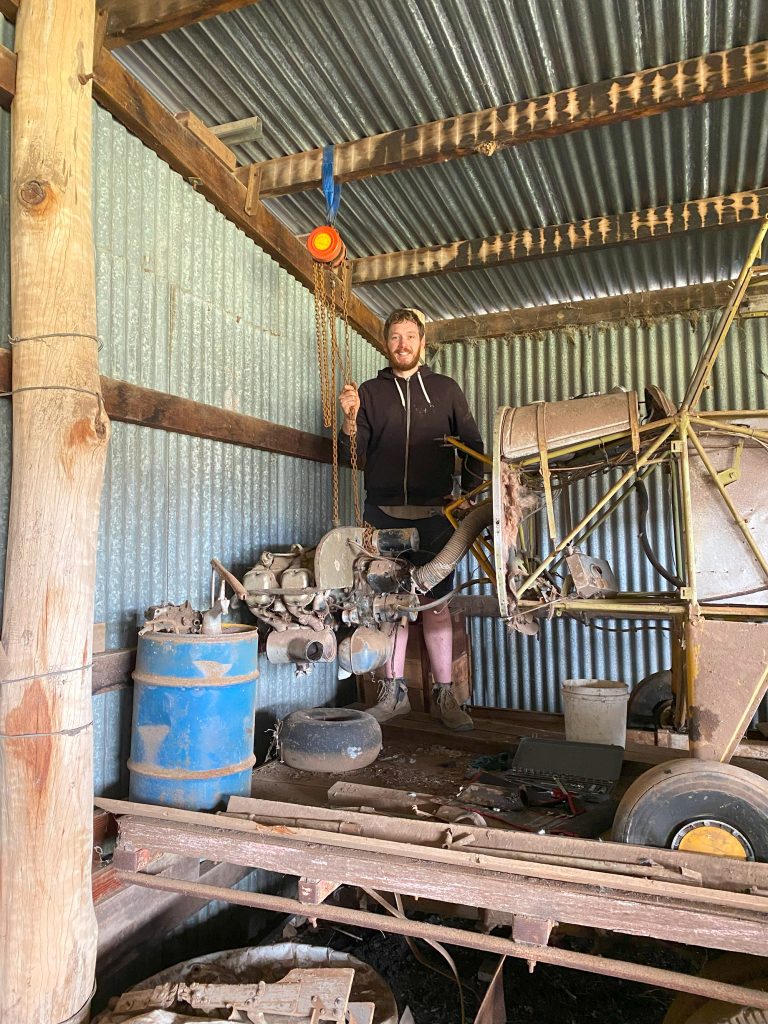
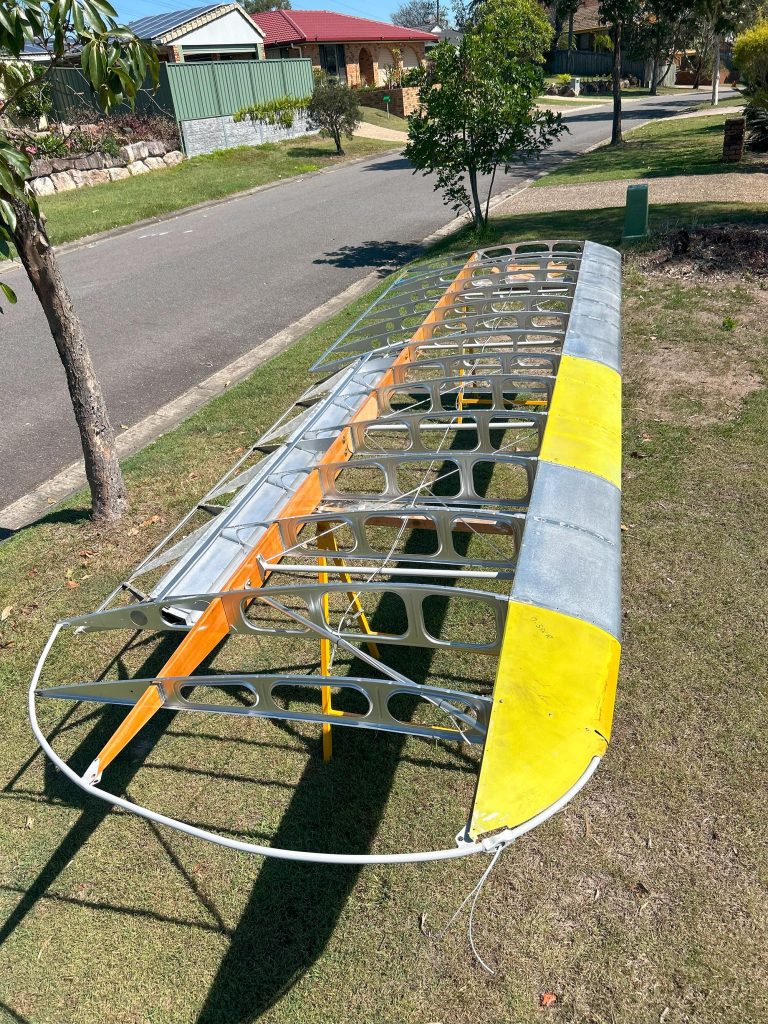
It took Aaron several years to convince the previous owner to part ways with the aircraft and sell it to him, well aware of the time, knowledge and perseverance needed to bring it back to life. In May 2024, the Champ was finally his. “I was drawn to purchasing the Champ not only for the challenge of restoring a recreational aircraft to an airworthy condition, but also to the aircraft’s rich history. It’s good to keep these old birds flying,” he said. “This aircraft would have been beyond economical repair if I didn’t have the skills to do the work myself,” Aaron said. “The RAAus Heritage Fund allowed me to purchase the final items required for the restoration of the aircraft. It has ultimately allowed the project to progress much faster.”
So far, the project has included complete disassembly of the aircraft, restoration of the fuselage and its sub components, restoration of the wings, various structural repairs, and the fabrication of parts that are no longer available using the original drawings. Aaron has logged over 600 hours of labour and there is still plenty more work to be done, having done all of the work himself other than sandblasting. “Visual progress is super important. Without it, you go out to the shed for a couple of hours and wonder, ‘what did I achieve’? It’s a labour of love, that’s for sure.”
At the time of publication, Aaron has just received the fabric, glues and paints from America that were purchased with the support of the RAAus Heritage Fund. One of the biggest challenges for Aaron has been finding specific information to help with the restoration. The aircraft’s age means the original manuals and documentation provide very little information when compared to modern aircraft maintenance manuals. Fortunately, Aaron connected with a senior aviator named Bill Pancake, who has been working on Aeronca planes his whole life and has been generously sharing his decades of knowledge with Aaron. “I’ve reused every component that is serviceable or repairable to keep everything as original as possible,” said Aaron.
Aaron has transformed the Champ’s restoration into more than a personal project – he’s turned it into a hands-on learning opportunity for the next generation of young aviators. A small group of young passionate aviation enthusiasts have had the opportunity to get hands-on with the project. He has been able to show them first-hand how something old can be transformed with care, knowledge and patience. “They’ve really liked it. They keep asking when are we going to do some more work on it. It’s good to see young people wanting to get involved in this kind of thing”, he said.
Aaron hopes to be close to project completion in 2026, with fabric covering, painting, engine assembly, and final assembly still to come. Once all is complete, Aaron is keen to do his nav endorsement in the Champ so he can get out there, explore and attend some fly-ins with his newly restored plane. “I remember flying down to AusFly in Narromine with my friend Ian, I had a great time so I’d love to attend some more fly-ins.”
Aaron believes that without RAAus and its maintenance privileges, this type of restoration wouldn’t be possible. “Outside of RAAus, restoring an aircraft in such a condition would definitely be a false economy. In parts alone, it’s not a cheap endeavour, but once you start including labour into such a restoration it becomes very inaccessible. A restoration is a huge undertaking,” he said.
“RAAus provides this outstanding opportunity for keeping these older planes flying. Timber fabric rated LAMEs are becoming harder and harder to find. If it’s being used purely for recreational purposes, it makes sense to have these aircraft in RAAus. Appropriately skilled people with the appropriate authorisations from RAAus are able to maintain their own aircraft, so I think it’s a great thing that we are afforded this ability through RAAus. This restoration would probably never have gone ahead without it. I would also like to thank both RAAus and the members that contributed to the heritage fund over the years”.
We would argue that our industry is just as lucky to have dedicated members like Aaron who are willing to roll up their sleeves and preserve these heritage aircraft. We are excited to see how the Champ takes shape and we will be following Aaron’s journey closely.
